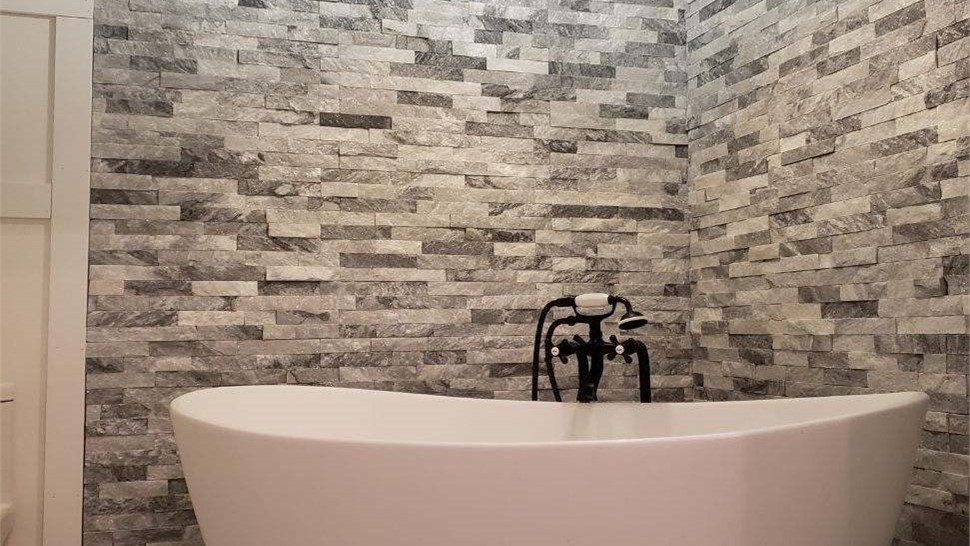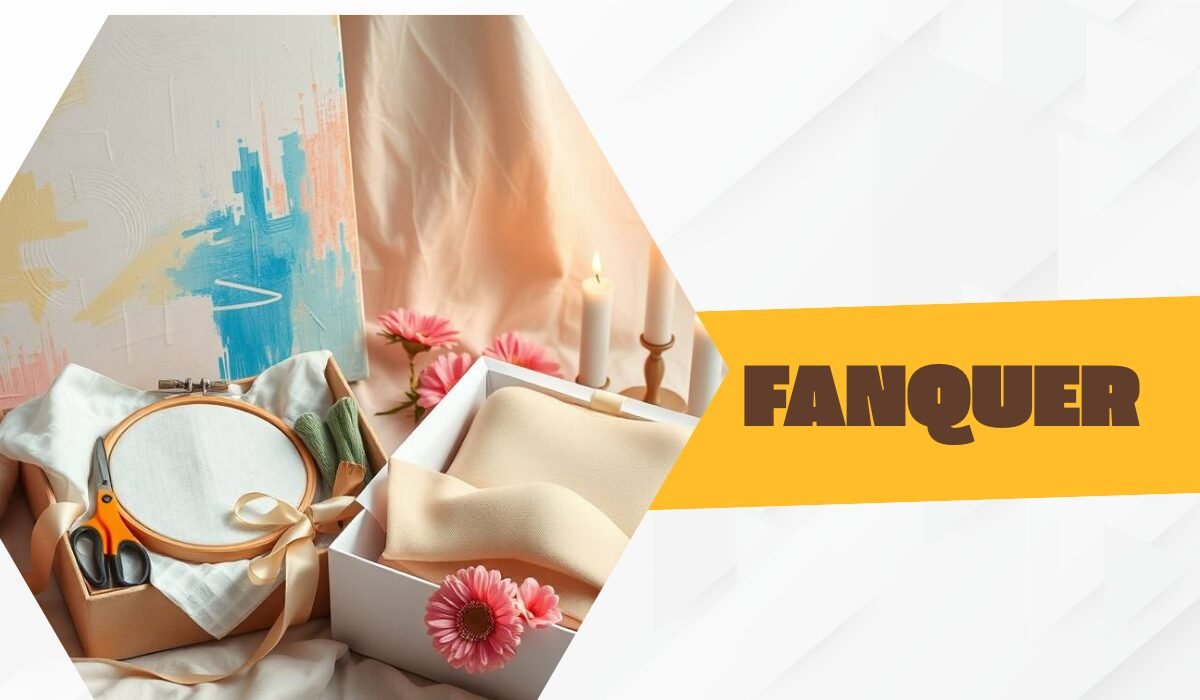Home renovation projects can significantly enhance the value and comfort of your living space. Replacing your bathtub is a highly effective upgrade among the various home improvement options. Not only does a new bathtub elevate the aesthetic appeal of your bathroom, but it also offers numerous practical benefits, making it an excellent investment for homeowners. When considering a bathtub replacement, look for options for your lifestyle and budget. This can transform an outdated space into a sleek, modern area that appeals to current and future residents.
Why Replacing Your Bathtub is a Sound Investment
Replacing an outdated or damaged bathtub can substantially impact your home’s market value. Potential buyers often prioritize the condition of bathrooms, and a modern, clean bathtub can create a positive first impression. Bathroom renovations offer a higher return on investment than other home improvement projects. A well-designed and fresh bathroom can significantly enhance a home’s appeal and functionality. Moreover, a bathtub replacement is about more than aesthetics. New bathtubs are designed with modern materials and technology, helping to improve functionality and ease of maintenance. When buyers see these updates, they recognize the long-term benefits of reduced upkeep and enhanced utility, further boosting the desirability of your home.
Choosing the Right Bathtub for Your Home
Selecting the appropriate bathtub is crucial to maximizing the benefits of your renovation. Consider size, material, and design to ensure the new fixture complements your bathroom’s style and meets your family’s needs. Popular choices include acrylic, cast iron, and fiberglass bathtubs, each offering distinct durability and ease of maintenance advantages.
Choosing a bathtub that suits your home’s unique style is necessary to create a cohesive and attractive look.
Acrylic tubs are popular for quick upgrades because they are lightweight and easy to install. They come in various styles and colors, allowing for greater personalization. Cast iron tubs are heavier and require professional installation, but they offer exceptional durability and heat retention, making them a luxurious and long-lasting option. Fiberglass tubs are economical and lightweight, though they may not be as durable as other materials. However, they offer practical and visually appealing solutions for many homeowners.
Materials and Durability
- Acrylic: Lightweight, easy to install, and available in various designs and colors. These bathtubs are favored for their versatility and ease of customization.
- Cast Iron: Extremely durable and has excellent heat retention, but it is heavier and often requires professional installation. It is ideal for those looking for a classic, long-lasting fixture.
- Fiberglass: Economical and lightweight but less durable than other options. Overall, it is excellent for budget-conscious homeowners looking for quick enhancements.
Improving Energy Efficiency and Water Usage
Modern bathtubs are designed with water efficiency in mind, helping homeowners reduce water consumption and associated costs. Opting for a bathtub with a lower capacity can lead to significant savings. The Environmental Protection Agency (EPA) highlights the importance of water-efficient fixtures in reducing household water usage. By selecting a new bathtub incorporating these efficient designs, you can contribute to environmental conservation while lowering water bills.
Additionally, many modern bathtubs have advanced features such as adjustable water flow and improved insulation, enhancing comfort and efficiency. These innovations conserve water and ensure a more enjoyable and luxurious bathing experience. By prioritizing these factors in your bathtub replacement, you align your home with contemporary sustainability standards, making it more appealing to eco-conscious buyers.
Enhancing Bathroom Safety and Accessibility
Consider replacing the bathtub if you have elderly family members or individuals with mobility issues, as it can improve bathroom safety. Install features such as grab bars, non-slip surfaces, and step-in bathtubs to make the space more accessible and reduce the risk of accidents. Safety modifications can significantly increase the bathroom’s usability for all family members.
Making these accessibility upgrades has the dual benefit of enhancing safety for current residents and adding value by demonstrating a forward-thinking approach to home modifications. Buyers with similar needs will view your home favorably, knowing it is already equipped with these thoughtful features. Additionally, making your bathroom more accessible can prolong the time residents can comfortably use the space, adding practical, long-term benefits to their daily lives.
Key Safety Features to Consider
- Grab Bars: Provide stability and prevent falls. These are critical in ensuring safe entry and exit from the bathtub.
- Non-Slip Surfaces: Reduce the risk of slipping. Textured floors and mats can significantly improve overall safety.
- Step-In Bathtubs: Allow easy access for individuals with mobility challenges. These models provide an easy entry point, reducing the need for stepping over high edges.
Cost Considerations and Budgeting
The cost of replacing a bathtub can vary depending on factors such as the type of tub, labor costs, and any additional plumbing work required. Homeowners should establish a budget and consider various options to find a solution that fits their financial plan. Consulting a professional to get an accurate estimate and discuss potential financing options may also be beneficial.
Understanding the complete scope of the project can help you make well-informed decisions about budget allocation. Some homeowners may prioritize high-quality materials or unique designs, while others might focus on cost-effective solutions or additional safety features. Defining your priorities will help you navigate the options and ensure you get the most value from your investment.
Factors Influencing Cost
- Type of Bathtub: Material and design can impact pricing. High-end materials like cast iron may be more expensive but offer durability and aesthetic benefits.
- Labor Costs: Professional installation fees may vary widely based on the complexity of the installation and regional labor rates.
- Additional Plumbing: Necessary adjustments to plumbing can add to costs. If your current plumbing setup needs to be updated or compatible with the new bathtub, these modifications can be essential and potentially costly.
Final Thoughts on Bathtub Replacement
Replacing your bathtub is a strategic home improvement project with numerous benefits. From boosting your home’s value to improving safety and energy efficiency, a new bathtub can enhance your everyday living experience. Take the time to research and plan your bathtub replacement to ensure you make the best choice for your home. Careful planning and choosing the right features will help you achieve a seamless and rewarding upgrade. A successful bathtub replacement can transform your bathroom into a more functional, efficient, and beautiful space. Investing in this crucial aspect of home improvement will elevate your living experience and enhance your property’s overall appeal and value, making it a wise and beneficial decision for the long term.





